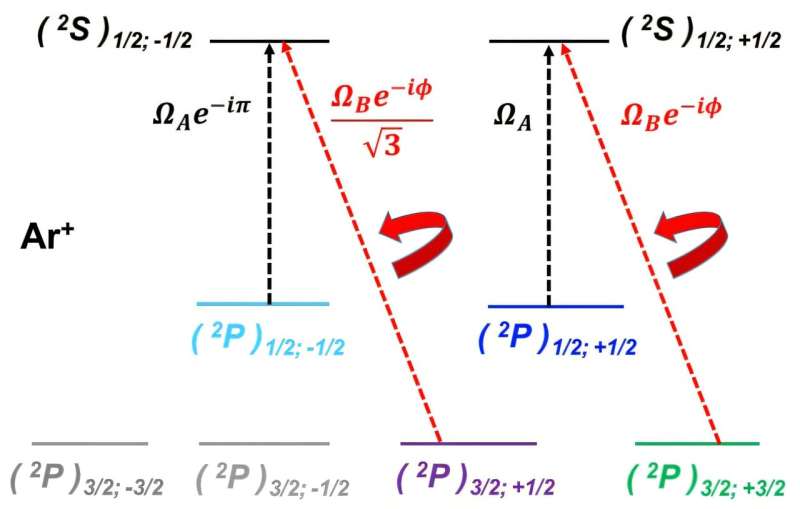
November 4, 2024 by Benjie Coleman, Navta Hussain and Hayley Dunning, Imperial College London
Collected at: https://phys.org/news/2024-11-physicists-bell-probing-quantum-entanglement.html
Imperial researchers have proposed a new way to directly probe quantum entanglement, the effect that led to the puzzling concept of “spooky action at a distance,” where previously grouped particles’ quantum states cannot be described independently of each other. The research has been accepted for publication in Physical Review X.
The Bell test seeks to demonstrate that no “hidden variables” are involved in quantum entanglement, but has so far only been done for pairs of entangled photons, leading to the 2022 Nobel Prize in Physics.
The team from the Department of Physics, comprising Dr. Marco Ruberti, Professor Vitali Averbukh and Professor Florian Mintert, has come up with a way to use the Bell test for the process of photoionization, where a photon causes an electron to be ejected from an atom, leaving the electron and the resulting ion quantum entangled.
Using advanced many-body theory, the Imperial team succeeded in showing that this could be done by simultaneous measurement of the spin of the photoelectron and the photon emission of the remaining ion.
More information: Marco Ruberti et al, Bell test of quantum entanglement in attosecond photoionization, Physical Review X (2024). journals.aps.org/prx/accepted/ … 8131e7dc13b9fa8ad63c. On arXiv: DOI: 10.48550/arxiv.2312.05036
Journal information: Physical Review X , arXiv

Leave a Reply